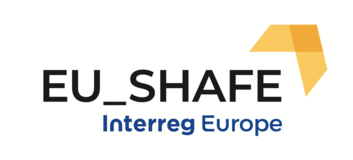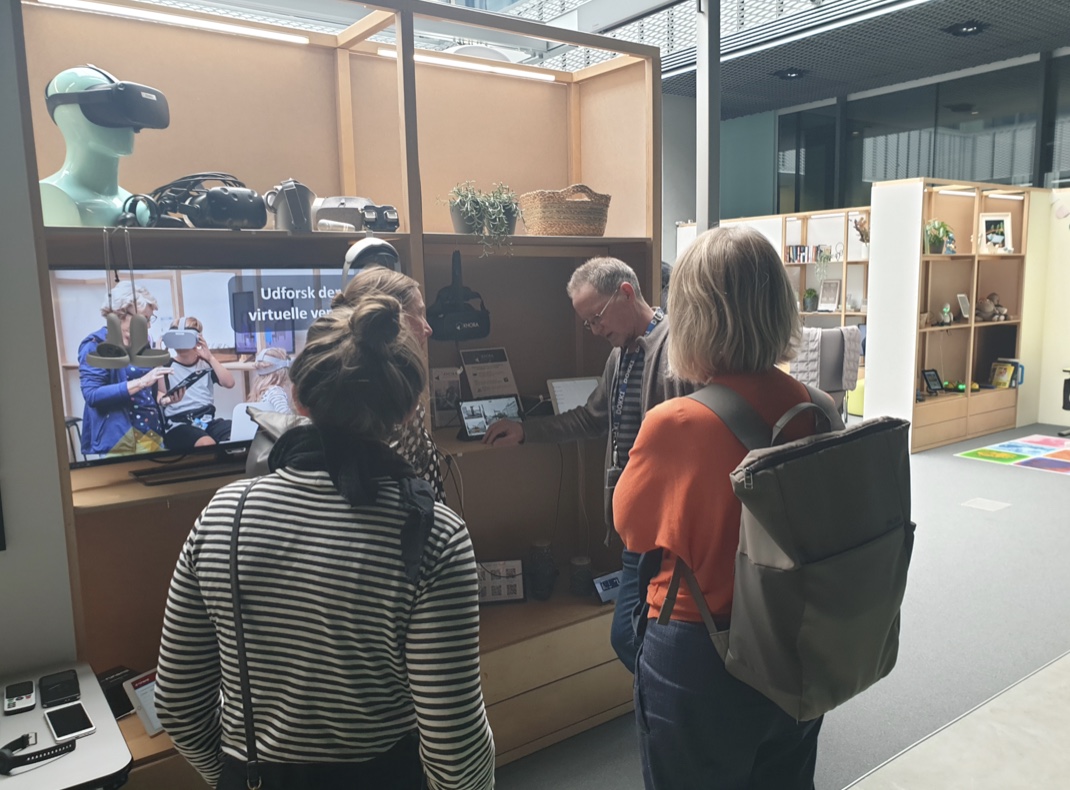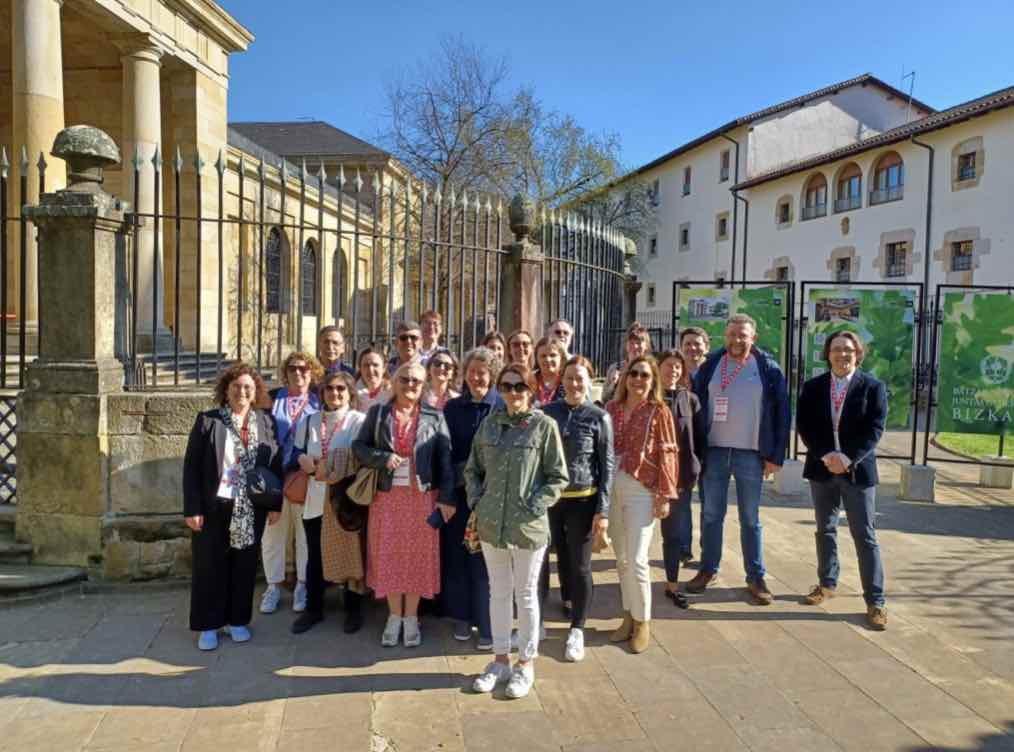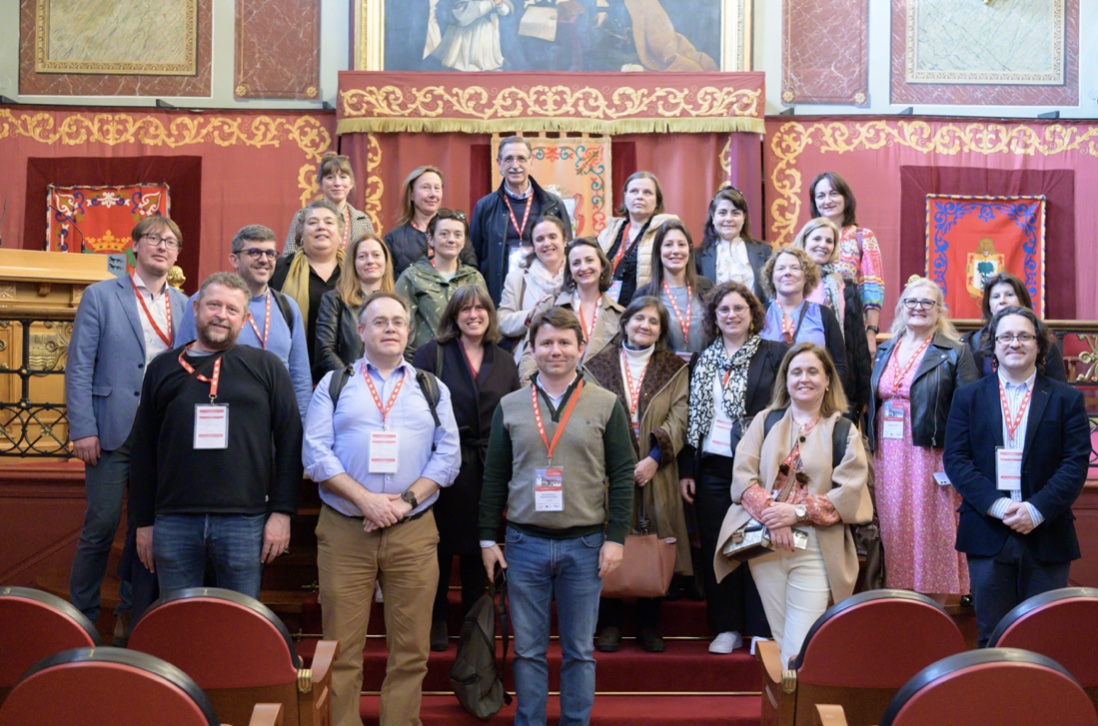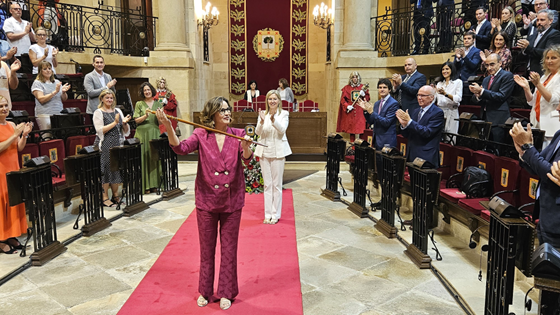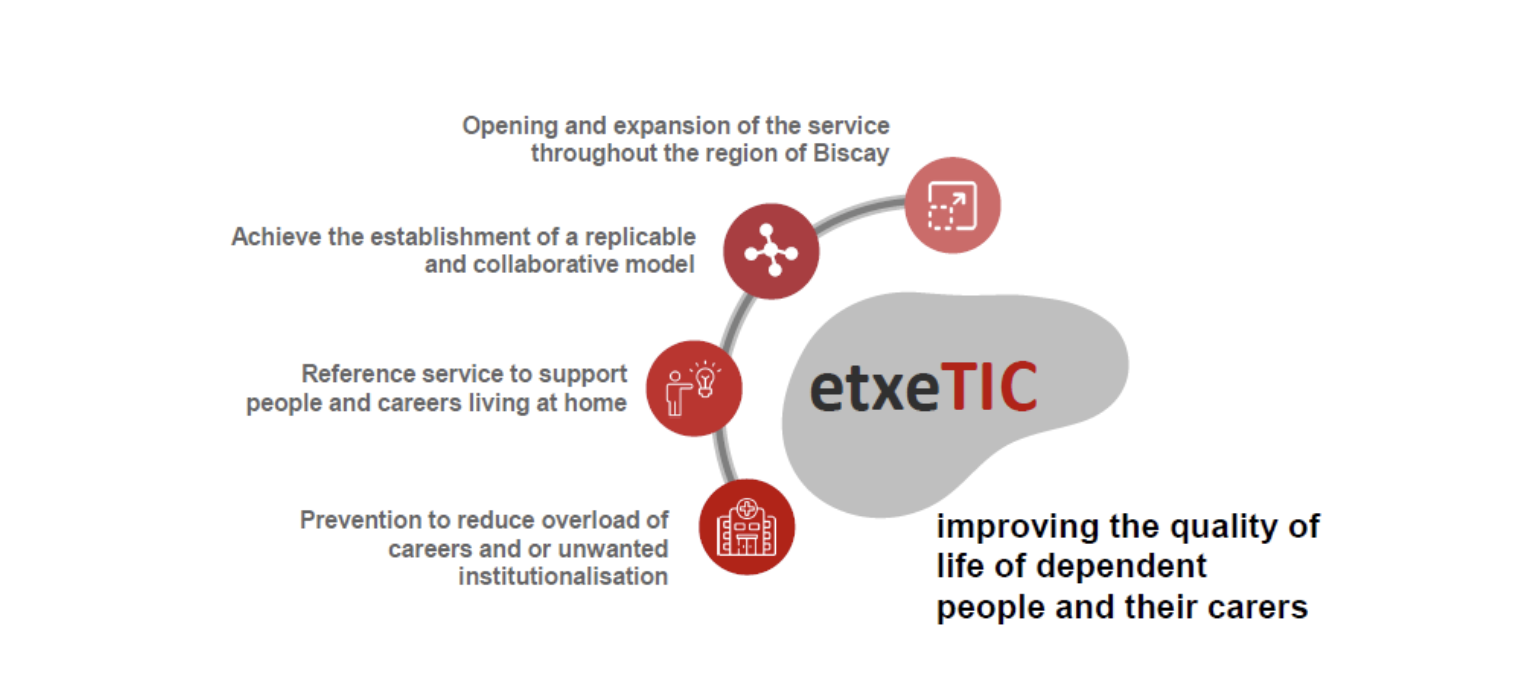Policy Instrument Addressed
While starting the project, the ERDF Operational Programme (OP) in 2014-2020 was focused on key priority areas innovation and research, the digital agenda, support for small and medium-sized enterprises (SMEs) and low-carbon economy. Two actions were addressed by Hamburg’s Action Plan in the context of ERDF:
Action 1 – Improve the accessibility of ERDF for SMEs and get funding.
Action 2 – Encourage to fund projects by minimizing the administrative expense.
Because the financial framework of the OP 2014-2020 ended and the development of the new OP 2021-2027 was an ongoing process in the phase 2 of EU_SHAFE, the Hamburg Ministry of Social Affairs was able to give concreate suggestions for the development of the new operational program to the ERDF managing authority.
In the 2021-2027 funding period, Hamburg will receive around 65 million euros from the ERDF, which will be invested together with national, public or private funds, primarily in regional innovations and climate protection. A total investment volume of more than 160 million euros is expected.
This will be used, for example, to promote research into hydrogen utilization and quantum computing. Support will also be provided for improving the energy efficiency of public buildings, especially schools, primarily through building automation. Proven instruments such as funding for innovation projects, startups and clusters will be continued.
The new ERDF program in Hamburg pays tribute to the goals of the Regional Innovation Strategy III and the Hamburg Climate Plan. Both papers were developed in a broad participatory process together with representatives from business, science and society and are an essential basis for government action in Hamburg.
The Hamburg 2021-2027 ERDF program was approved by the European Commission in an implementation decision on June 16, 2022.
Policy Change Desired
Action1:
A major finding of the action is that ERDF funding accessibility did not meet the requirements, needs, expectations and available capacities of the stakeholders. Particularly for SMEs. Good Practice presentations during local stakeholder meetings and an interview with a key project manager showed that it is hard to get access, support and funding of ERDF. In order to aim better quality of life, more inclusive and sustainable healthcare as well as improved access to services, systems and citizen’s, it is important to give all actors the possibility to check their financial contribution.
Action 2:
The implementation of Action 2 revealed that the administrative burden is still high, especially for small projects. This is also confirmed by an interview with a key project manager for an ERDF funded project.
Both actions address the lowering of the administerial burden in the new OP of the ERDF. The following steps were done for both actions:
• Preparing results and deducing recommendations from the stakeholder meetings and interviews
• Network towards ERDF regarding the simplification for funding and accountability rules
• Enable and support proposal writing
• Organise local support and collaboration
• Finalize a document with all activities involved
Territorial Impact:
The managing and controlling system of the ERDF Hamburg is approved by the European Commission and come into force with it´s publication on the 30th of June 2023.
The support program for strengthening the health industry was supplemented with the new regulations and 07th July 2023 published on the website of Hamburg’s Ministry of Social Affairs.
The following activity is described in the priority axis 1, which corresponds to the objectives of the EU_SHAFE project:
“Digital health economy
In the "Digital health economy" measure, for example, the networking of healthcare institutions is promoted, which is made possible by the digital patient file. The aim is to optimize processes at the interfaces between the various players in the healthcare system (e.g., care support centres, private practices, hospitals, and rehabilitation facilities) by means of secure and accelerated information processing without media discontinuity. The use of speech recognition software in a medical context, for example, can also be funded under this measure. Eligible for funding are cluster agencies in the healthcare sector, SMEs and large social enterprises, such as hospitals. If the projects are accompanied by scientific research, research institutions would also be funded.”
